Since 2006, Pluto, once the ninth planet in our Solar System is not classified as a planet. Here’s why.
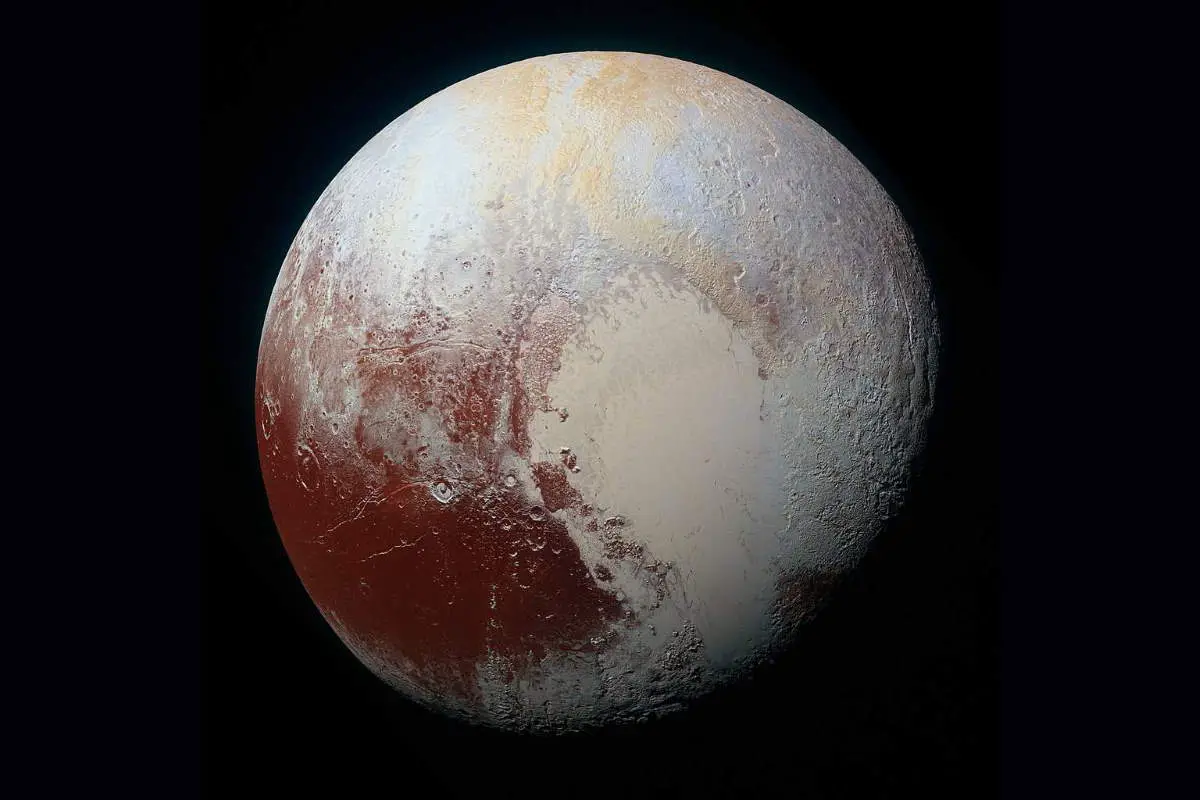

Since 2006, Pluto, once the ninth planet in our Solar System is not classified as a planet. Here’s why.
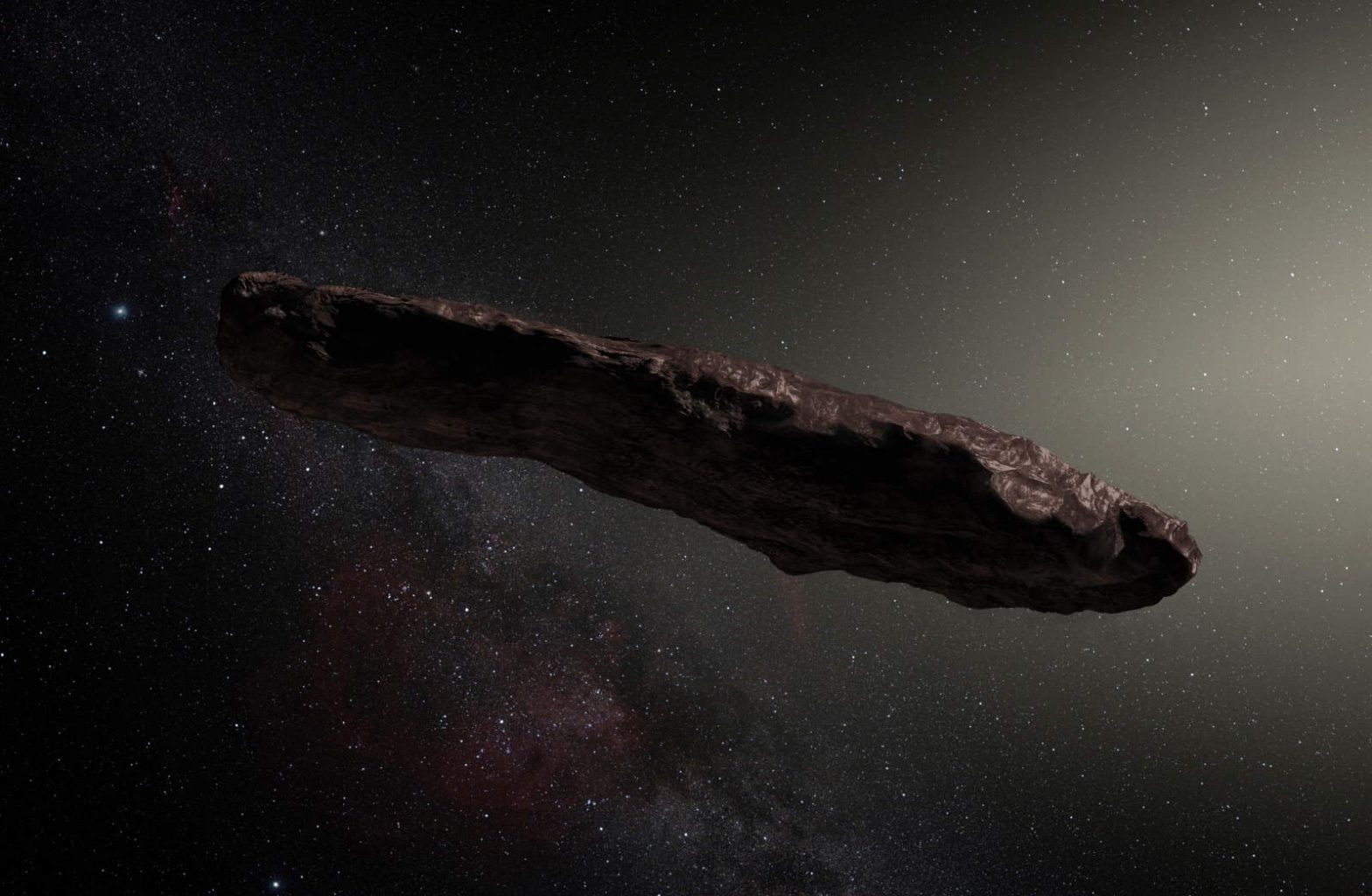
‘Oumuamua, the first known interstellar object to visit our solar system was first detected on October 19, 2017, by the University of Hawaii’s Pan-STARRS1 telescope.
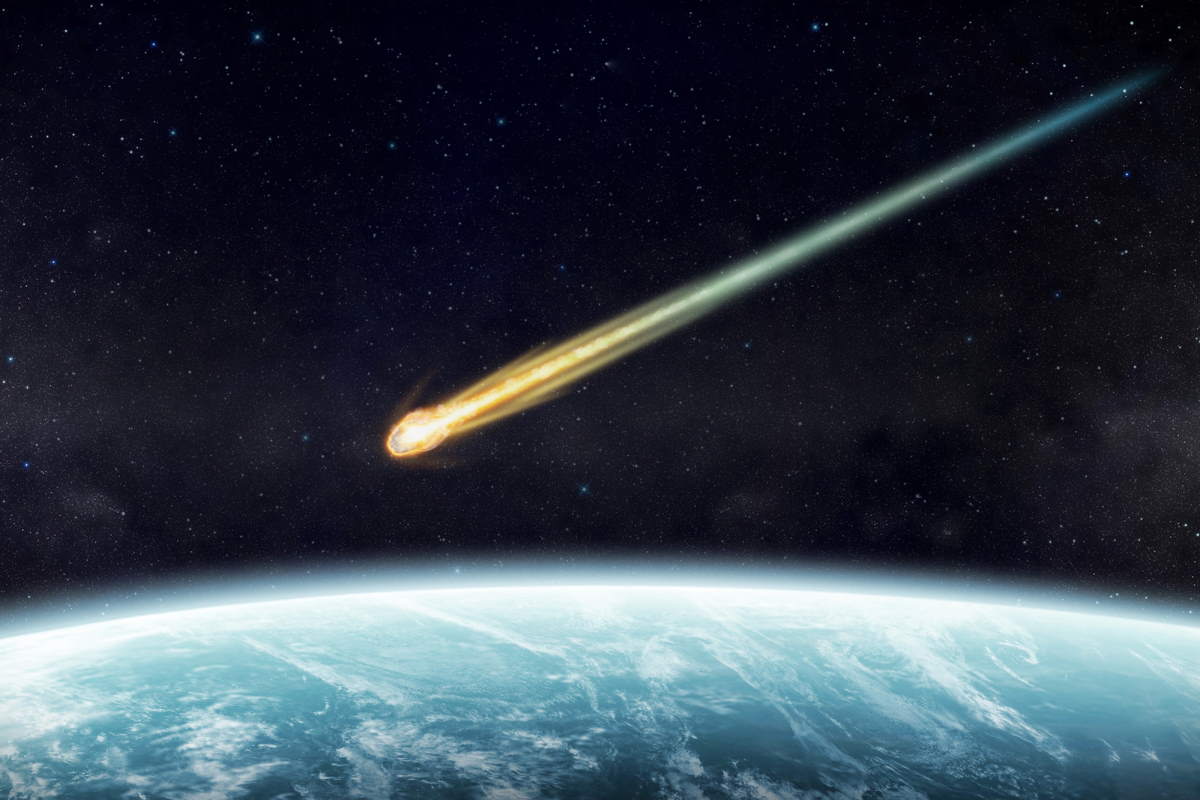
When a meteoroid, a rocky or metallic body from outer space enters Earth’s atmosphere, it’s called a meteor. If it’s large enough, it can hit the Earth’s surface with enormous speed. It is then termed a meteorite. But, how fast do meteorites hit the ground?
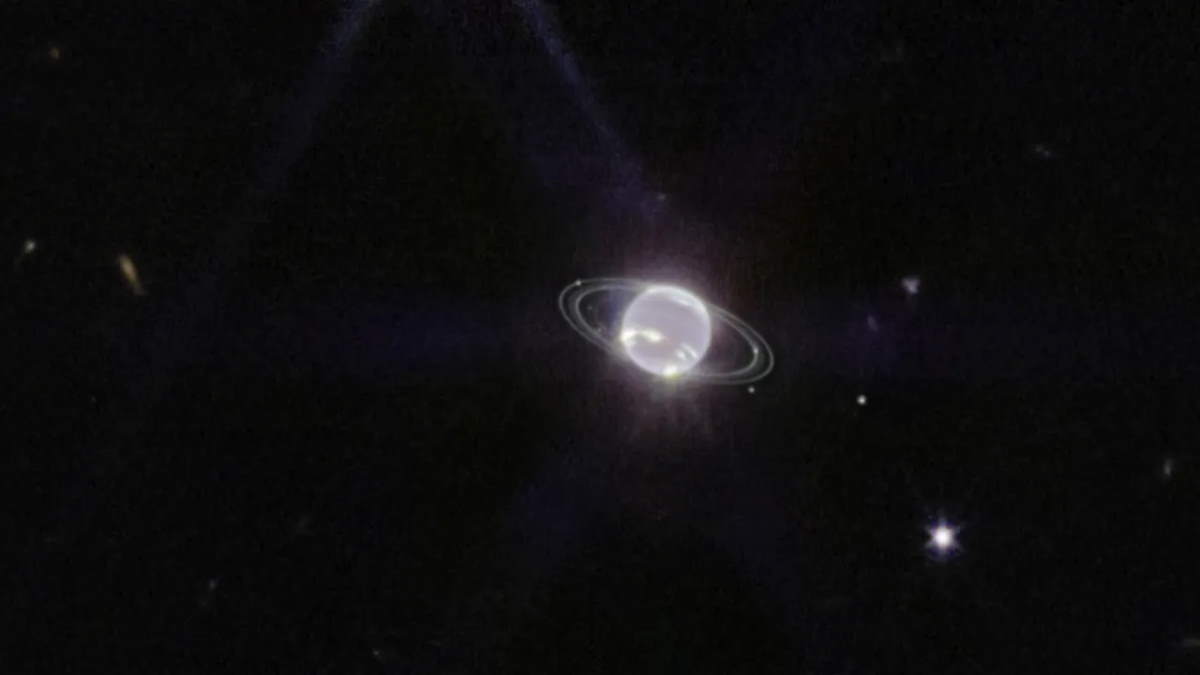
Using its near-infrared camera, the James Webb Space Telescope captured amazing images of Neptune and its rings. Thanks to the newly released images, we now see Neptune’s rings for the first time since 1989, when Voyager 2 performed the first flyby to the gas giant.
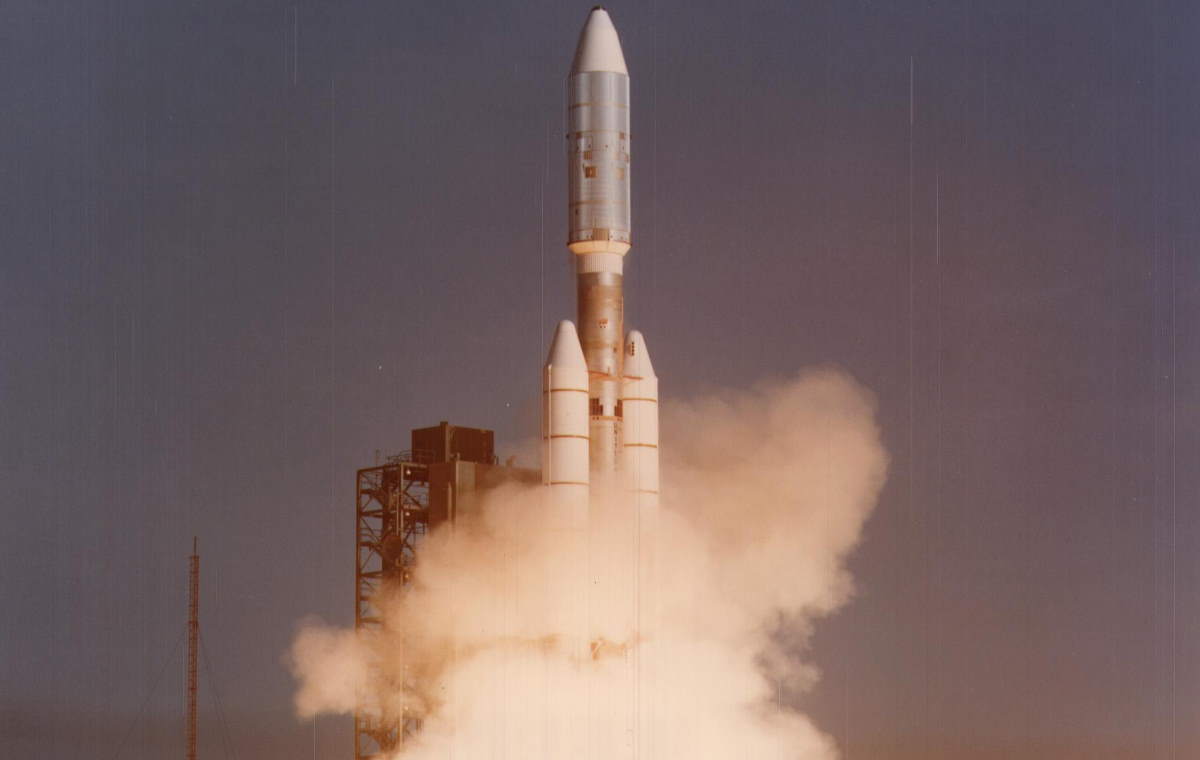
Voyager 1 launch: On September 5, 1973, NASA's Voyager 1 spacecraft was launched on top of a Titan IIIE/Centaur rocket from the Kennedy Space Center Launch Complex in Florida, 16 days after its twin, Voyager 2. Photo: Voyager 1 Launch on the NASA Jet Propulsion Laboratory website.
Voyager 1 launch: On September 5, 1977, NASA’s Voyager 1 spacecraft was launched on top of a Titan IIIE/Centaur rocket from the Kennedy Space Center Launch Complex in Florida, 16 days after its twin, Voyager 2. The reversal of order was because the two spacecraft were sent on different trajectories, and Voyager 1 was put on a path to reach its planetary targets, Jupiter and Saturn, ahead of Voyager 2.
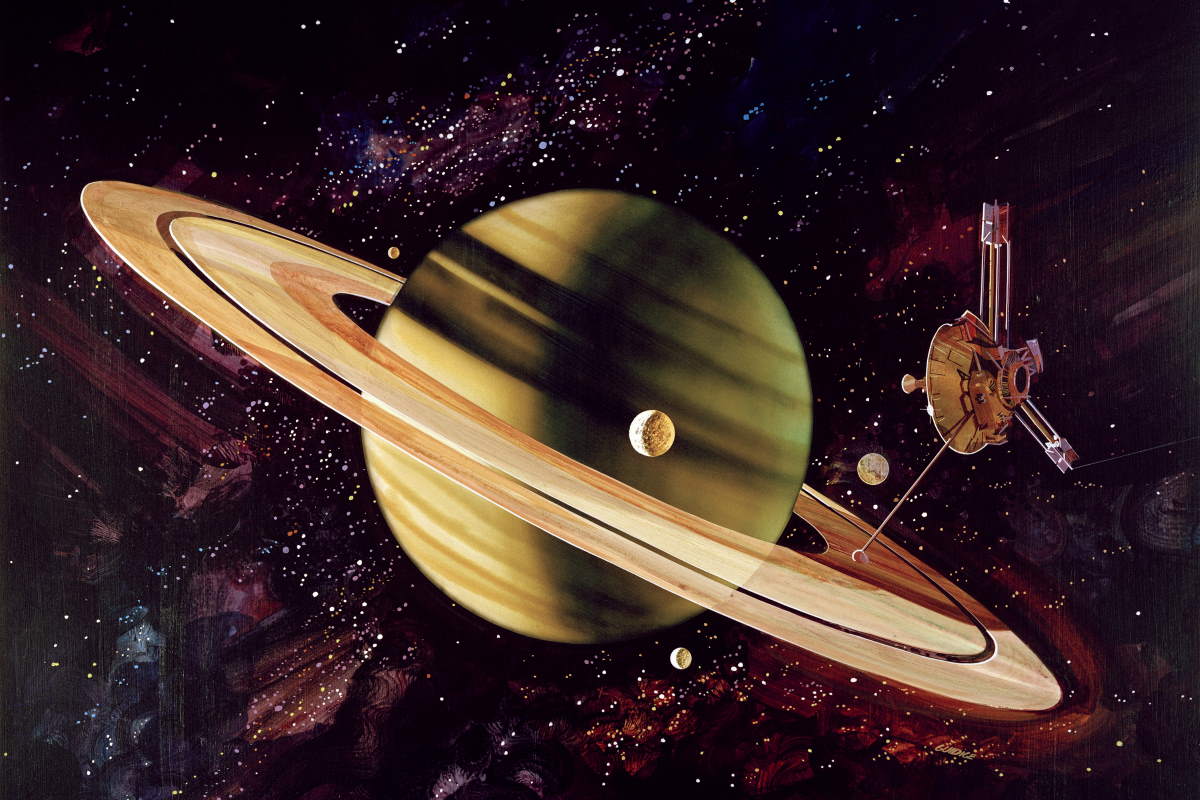
On September 1, 1979, NASA’s Pioneer 11 spacecraft performed the first Saturn flyby in the history of space exploration, at a distance of 21,000 km (13,000 miles) from Saturn’s cloud tops.
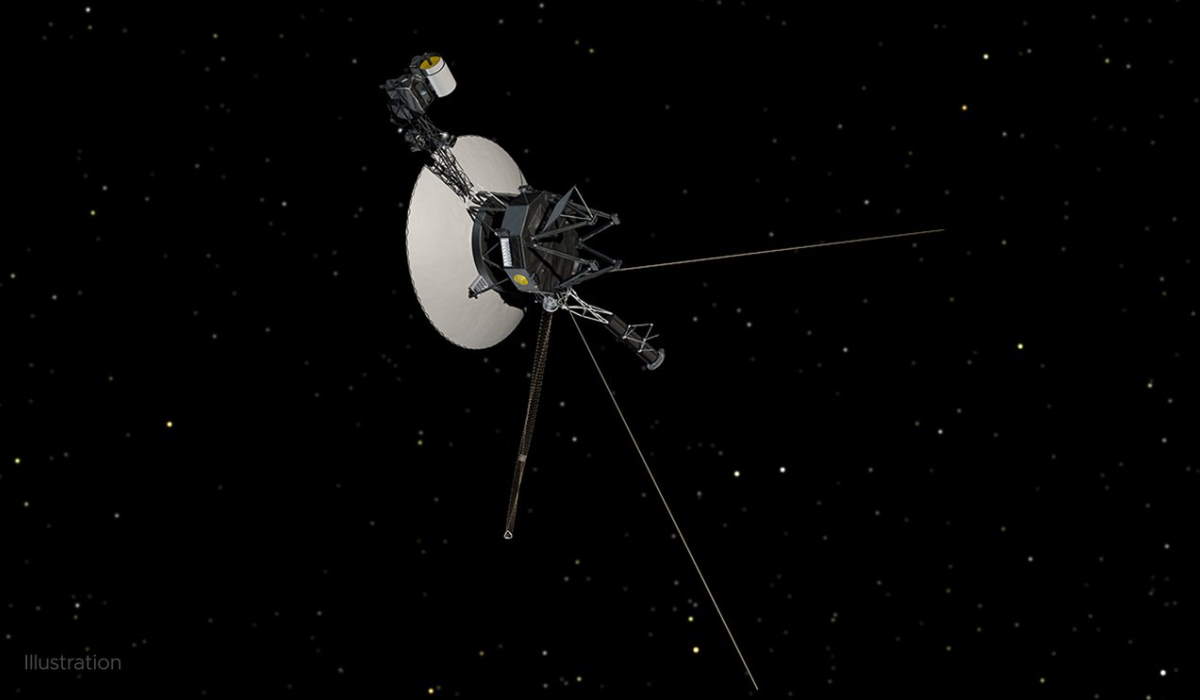
On August 25, 2012, NASA’s Voyager 1 spacecraft crossed the heliopause, the theoretical boundary of our solar system where the Sun’s solar wind is stopped by the interstellar medium, and became the first spacecraft in interstellar space.
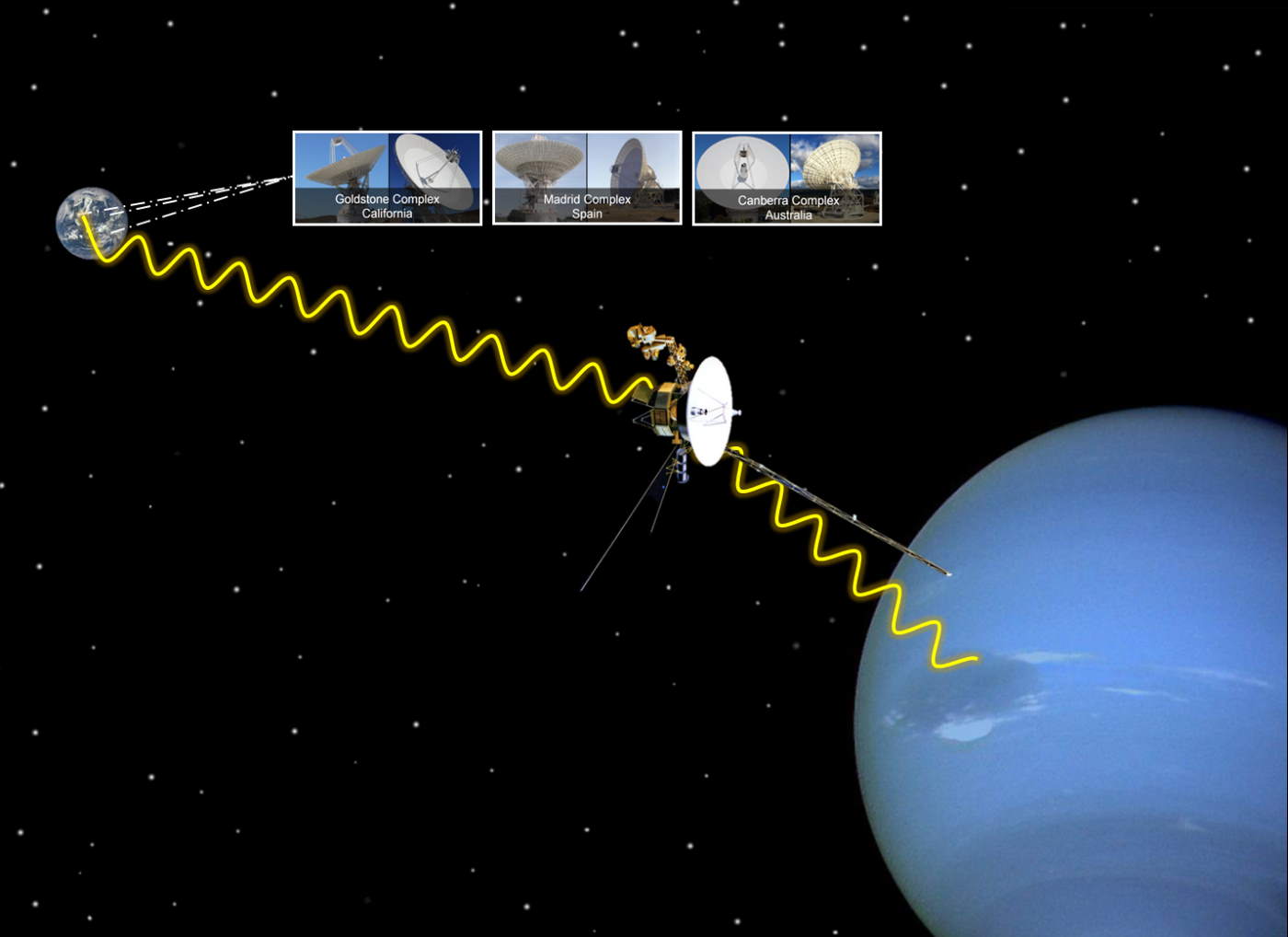
On August 25, 1989, Voyager 2 performed a close Neptune flyby, giving humanity its first close-up of the eighth (and the outermost) planet of our solar system. Neptune was the spacecraft’s final planetary target.
That first Neptune flyby was also the last: No other spacecraft has visited Neptune since.
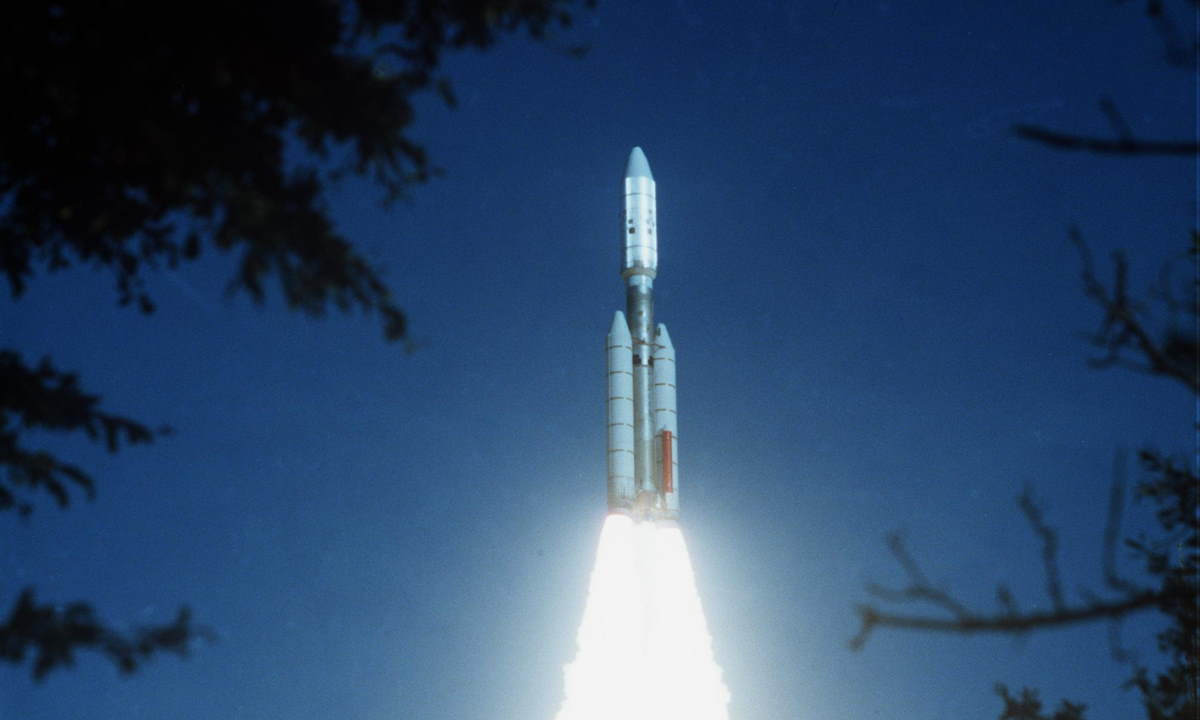
On August 20, 1977, Voyager 2 was launched from Cape Canaveral on top of a Titan IIIE-Centaur rocket. It launched before Voyager 1, which was sent into space on September 5, 1977.
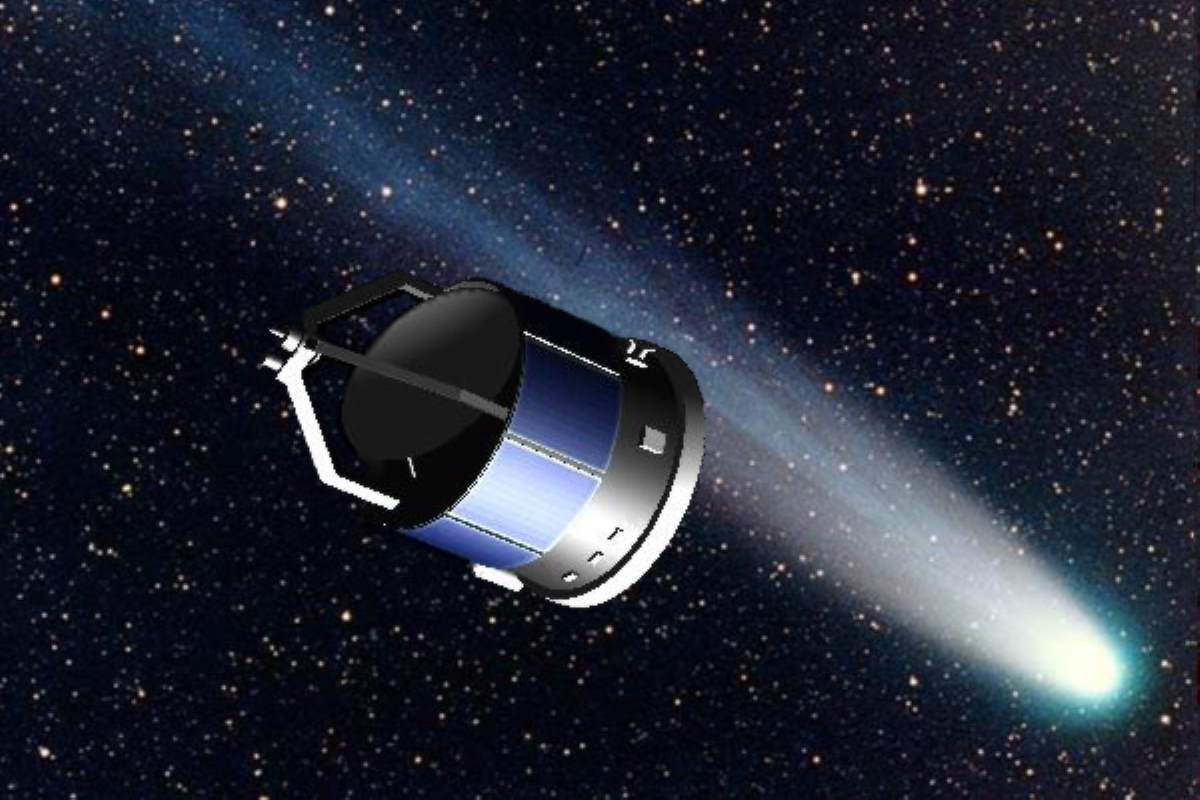
On July 2, 1990, European Space Agency’s (ESA) Giotto spacecraft performed the first-ever earth gravity-assisted maneuver to be retargeted for its destination, Comet P/Grigg-Skjellerup.